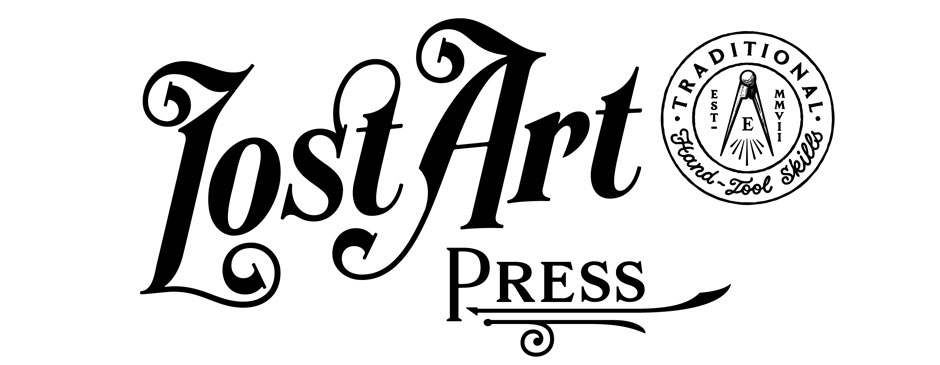
Big day here. “The Stick Chair Book: 2nd Revised Edition” is here (the first 1,000 people who purchase it from us will receive a free merit badge). And we are now selling 24″ Joiner’s Rules – made in Maine and hand lined and inked by us.
“The Stick Chair Book: 2nd Revised Edition” has been completely updated and features a new, very-tricky-to-pull-off stamp on the cover and spine. As with all my books, you can download the pdf for free (no tricks, promise). Just go to the product’s page and you can download it from there. The book is $47, made in the U.S.A. with library-grade materials and construction.
Our new Crucible Joiner’s Rules are made in the U.S.A. from hard maple and brass with markings that are ideal for woodworkers (instead of machinists).

We are offering these rulers for the introductory price of $29. The rulers measure 1/4″ x 1″ x 24″. The ends are bound in brass for durability. The ruler features a tough film coating and are hand waxed.
This Joiner’s Rule is based on a handmade antique we saw earlier this year. The markings are on one side and go down to eighths. The horizontal lines help prevent you from looking at the wrong marks.






